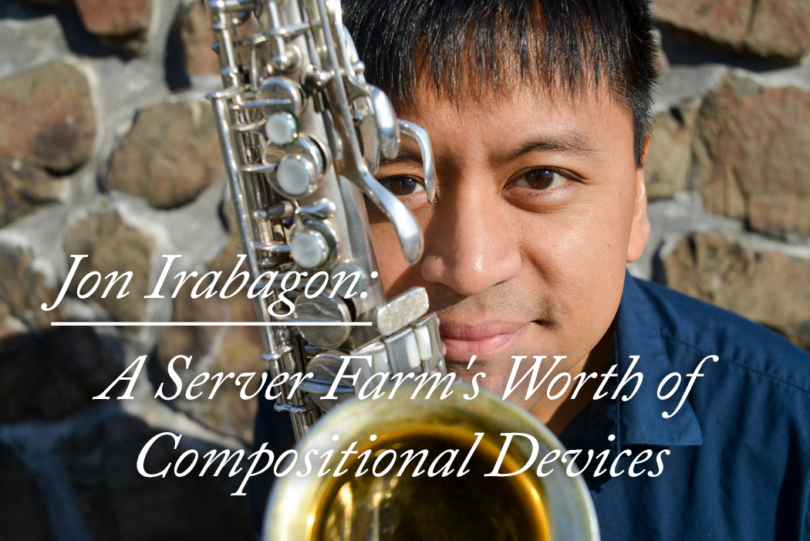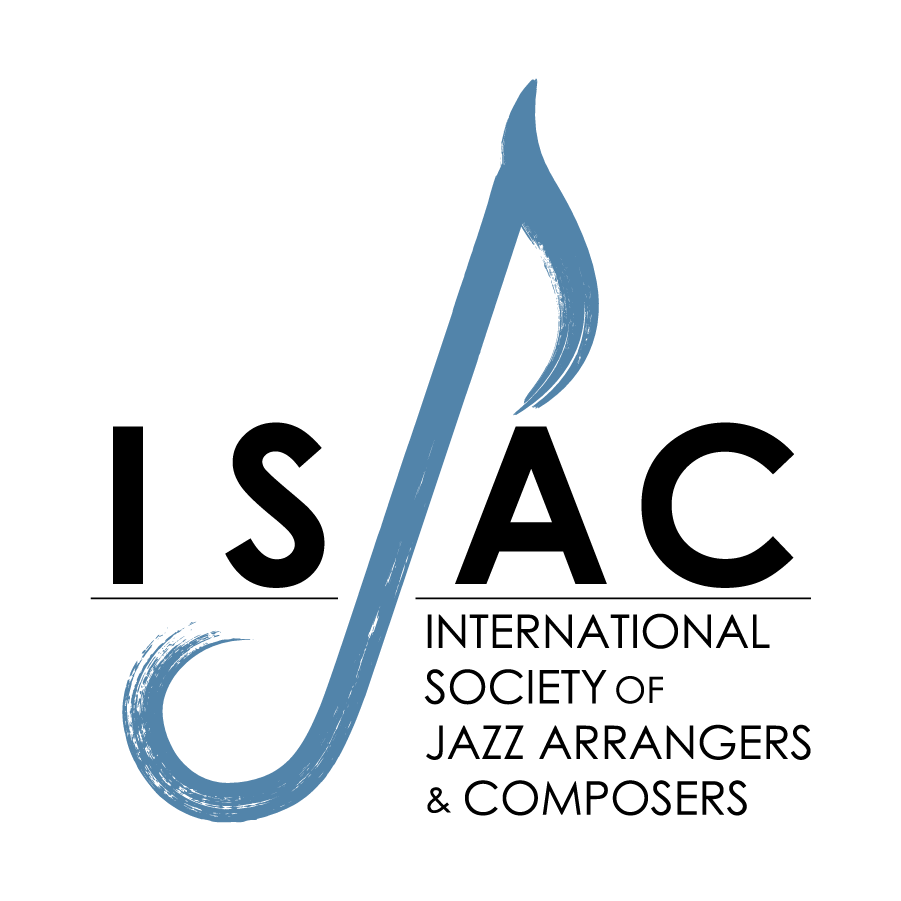Jon Irabagon discusses his upcoming album based around AI and talks through his piece Routers and with focus on form and flow.



Jon Irabagon discusses his upcoming album based around AI and talks through his piece Routers and with focus on form and flow.